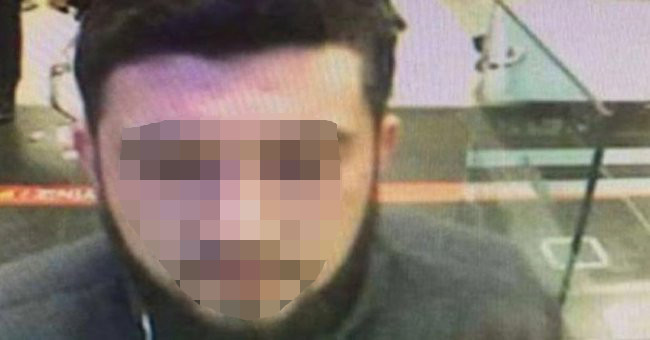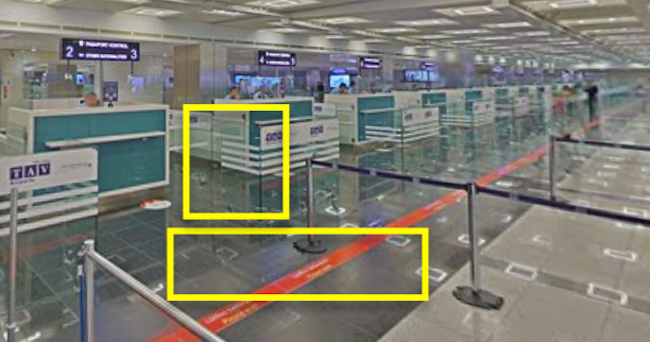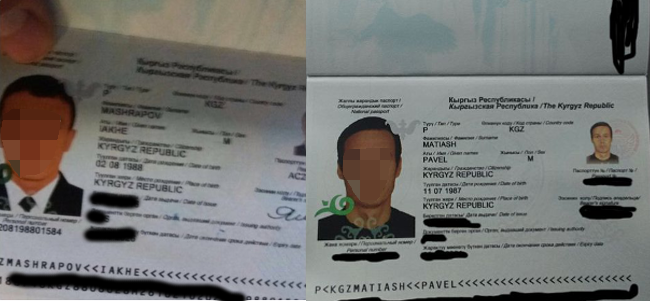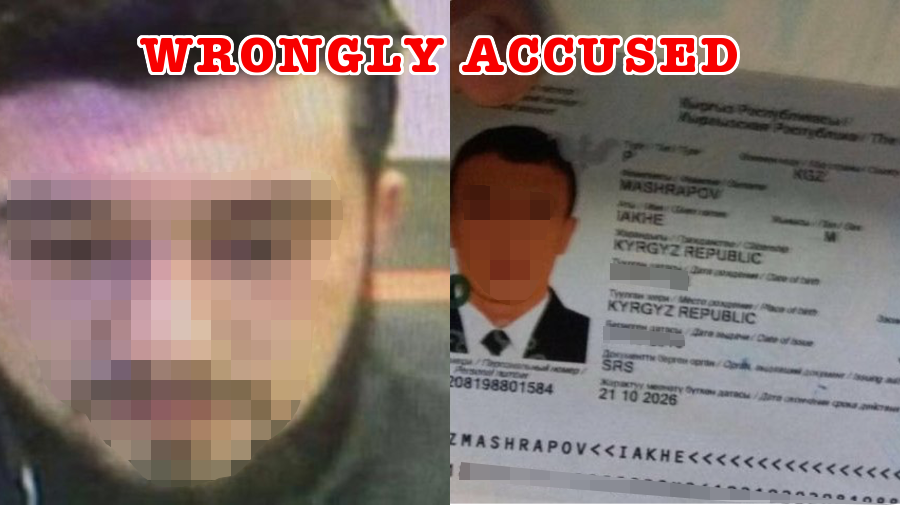UPDATE: This article has been updated to blur the faces of the men featured in the images below
In the two days following the act of terrorism that claimed the lives of 39 people at Istanbul’s prestigious Reina nightclub, pictures of two men began circulating on social media, Both were accused of opening fire on the packed nightclub in the early hours of January 1st. Shortly after the images were shared, both men came forward to say they were not connected with the attack in any way.
Yet mainstream media organisations in Turkey and journalists around the world have used these images to make claims about the identity of the suspect. One of the men is now reportedly filing a legal complaint against the websites that used his picture – a reminder of the importance of caution and thorough verification of any image to report on news events.
“As always with identities shared online, news organisations must be incredibly vigilant to establish the provenance and authenticity of the information being shared,” Joe Galvin, director of news at Storyful, told First Draft via email.
“We have consistently seen over the past few years – in incidents such as the Boston Marathon bombing, the Umpqua Community College shooting, and, now, the Reina nightclub attack – inaccurate information being shared, resulting in innocent people being identified, not just as suspects, but as guilty parties. There is scarcely a more damaging action that can be carried out by a news organisation, and yet it continues to happen.”
The first image appeared on the Turkish news website Superhaber.tv on the evening of January 1st. It showed a man we now know to be Ramazan Işan, originally from Kazakhstan, seemingly at a passport control point at an airport.

Superhaber.tv issued an apology after falsely claiming Ramazan Işan was wanted for the Reina nightclub shooting
A check through the Google StreetView imagery of Istanbul’s Ataturk Airport shows a number of similarities – note the red line on the floor between the black tiling and the glass barriers – suggesting the image shows Işan at the passport control of Turkey’s busiest air hub.

Screenshot of Google StreetView imagery
However, this tells us nothing except that Mr Işan likely passed through Ataturk Airport at some stage in his life.
As our partners at the Turkish fact-checking service Teyit reported, as soon as he saw his image on the news, Mr Işan presented himself to the police to say he had nothing to do with events at Reina on January 1st.
The second case of mistaken identity involved Kyrgyz citizen Iakhe Mashrapov. Claims that he was connected to the attack were accompanied by an image of a passport with no information about where the image of the passport came from, nor, indeed, who was making the claim.
There was also no official confirmation from the Turkish authorities that they were looking for Mashrapov, nor was there any information as to an ID having been found on the scene or elsewhere.
Unfortunately, this image was being shared by mainstream Turkish news organisations and foreign correspondents based in Istanbul, a reminder that everyone should run their own verification checks during events like this, as even the most trusted journalists can make mistakes in the rush to report.
“Establish the provenance of the information, first of all,” said Galvin, “then speak to those that are sharing it. Take every step possible to authenticate it. Fact-checking has never been more important, and taking the time to check the facts is not just desirable – it’s essential.”
The image itself, again, seemed legitimate. A search for an image of a Kyrgyz passport on the internet (in this example the footballer Pavel Matiash) corresponded with the image being shared of Mashrapov’s passport.

Left: image of Mashrapov’s passport shared on social media. Qulqai/Wikimedia Commons
There were no irregularities on the numbers and the passport’s machine readable zone corresponds to the data in the image section. While the quality of the image is very low and blurry, it is likely real.
A few hours after the image started circulating, however, an interview emerged on AKIpress – which describes itself as an independent news agency covering Kyrgyzstan – in which Mashrapov denies any involvement in the Istanbul nightclub shooting. The article also shows a much clearer image of the same passport, including entry and exit stamps which he says prove he was not in Istanbul on the evening of December 31, 2016.
This is not the first time misinformation has spread far and wide in the wake of a terrorist attack in Turkey. A number of global news organisations are still using the wrong picture of Mehmet Ozturk, a suspect in the March 2016 suicide bombing of a busy shopping district in Istanbul. Many still picture Mr Işan and Mr Mashrapov as suspects in the more recent shooting.
In the aftermath of a horrendous terror attack, it is common for journalists to rush to report on who the perpetrator may be – and this is a perfect time for misinformation to spread. It’s also the perfect time for journalists to keep a calm head, check and double check the facts and only report what they know to be accurate.



